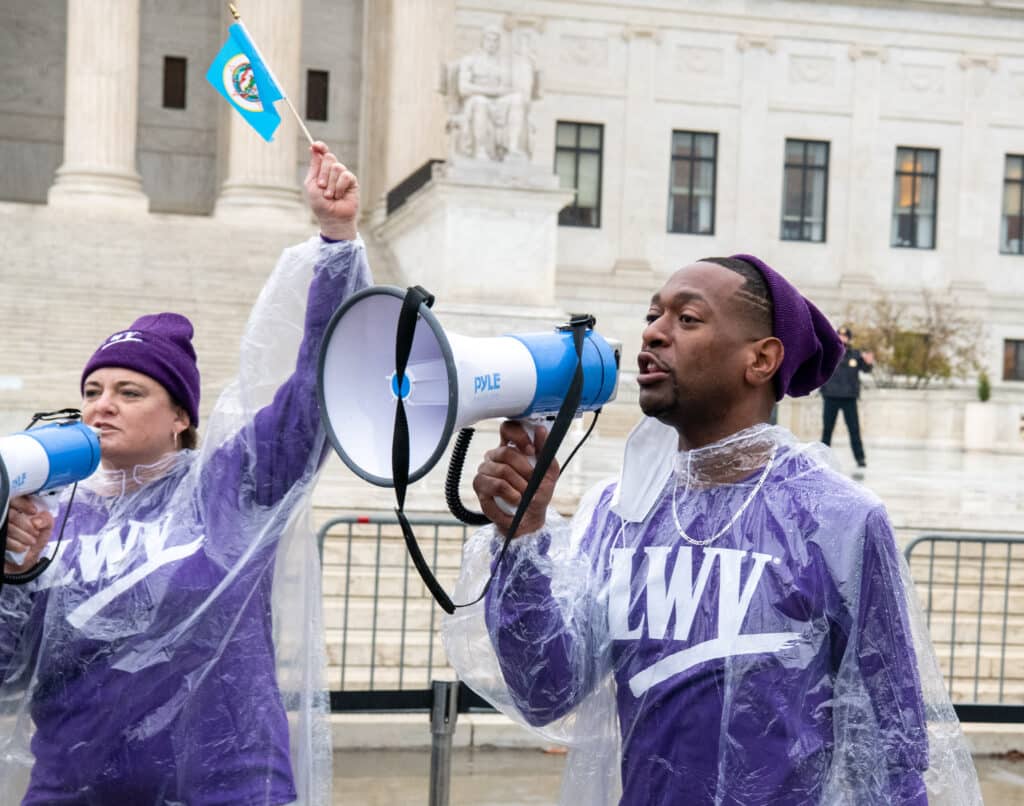Climate Change
Heat records are being broken, glaciers are melting, and the seas are rising. We have reached a point where no matter what we do, we cannot avoid a very different climate future. We must act now to prevent truly catastrophic consequences. But what can we do? The most powerful action is our knowledgeable vote.
California Climate Interest Group (CCIG)
The California League’s Climate Change effort began in 2006 with the Berkeley-Albany-Emeryville League and grew to encompass California with over 400 League members working on climate action. In 2020 the California Climate Interest Group joined with other Leagues across the U.S. to form the LWVUS Climate Interest Group (CIG).
Our California Climate Interest Group has four state-wide teams, which have expanded to the national level.
Forests and Wildfires
California has 33 million acres of forest land, about 1/3 of the total area of the state. California manages only 1.6 million acres; the rest is federal, local jurisdictions, or private. Forests are natural sinks for carbon, but drought and wildfires are taking a large toll. See also LWVUS CIG Forests and Wildfires.
Water
California’s Water Interest Group has been active for decades, working on an understanding and policy for surface waters, groundwater, water conveyance (canals), and, more recently, climate change and water. See also LWVUS CIG Water.
Food, Soils, and Agriculture (FSA)
California’s 77,500 farms and ranches produce more than 400 commodities and two-thirds of the nation’s fruits and nuts. About one-quarter of what California produces is exported around the world. Currently natural and working lands are a net carbon emitter, but California’s greenhouse gas emission (GHG) goals rely on changing lands to be a net carbon sink. In addition, food waste is a significant contributor to GHG emissions. See also LWVUS CIG Food, Soils, and Agriculture.
Electrification
The use of renewables in electric power generation is increasing rapidly, so a move to electricity is a move away from fossil fuels. Currently California’s Renewable Portfolio Standard (RPS) has the goal to have 60% of all electricity sources to be carbon-free by 2030 and 100% by 2045. Electrification of vehicles and buildings are the targets for electrification. The LWVC has co-hosted EV events and is collaborating with the Building Electrification Coalition.
California Participation in LWVUS Climate Efforts
California League members are leading the national versions of original California teams — Forests and Wildfires, Food, Soils and Agriculture, and Electrification. California League members also lead three CIG teams for which we don’t have state-wide teams. These are Municipal Climate Action Plans, Health and Climate, and Climate Justice.
California League members are also participating on the LWVUS CIG teams of Oceans, Renewable Energy, Water, and Climate Communication.
Municipal Climate Action Plans
Cities are on the front lines in reducing greenhouse gas emissions. We must take action, not just plan. The Climate Action Plan Team within the LWVUS Climate Interest Group (CIG) has reviewed dozens of Climate Action Plans (CAPs) from cities and counties throughout the country to find the most effective actions and processes to reduce Greenhouse Gas Emissions (GHGs). LWVUS CIG Municipal Climate Action Plans.
Health and Climate
We are NOW in a climate health emergency — and it affects all of us. Extreme weather, flooding and sea level rise, extreme heat, and drought, all have serious health effects. Climate change is a public health crisis. The Health and Climate Team is working closely with the Alliance of Nurses for Healthy Environments.
See LWVUS CIG Health and Climate.
Climate Justice
Adverse impacts of a warming climate are not felt equitably among people. Disadvantaged communities are those more often housed in low-lying areas vulnerable to sea level rise and flooding, those without air conditioning struggling with high temperatures, and those more at risk from air pollution. Our Climate Justice team is working to ensure these disparities are considered in climate policy as it is developed. LWVUS CIG Climate Justice.
Join the LWV Climate Effort!
If you would like to join a team or just be informed of events like webinars, discussions, and book clubs, click on this link. The power that is the grassroots of the League is to speak with one well-informed voice.

How can you get involved?
Learn how you can become part of the League’s group of active volunteers on this issue!
